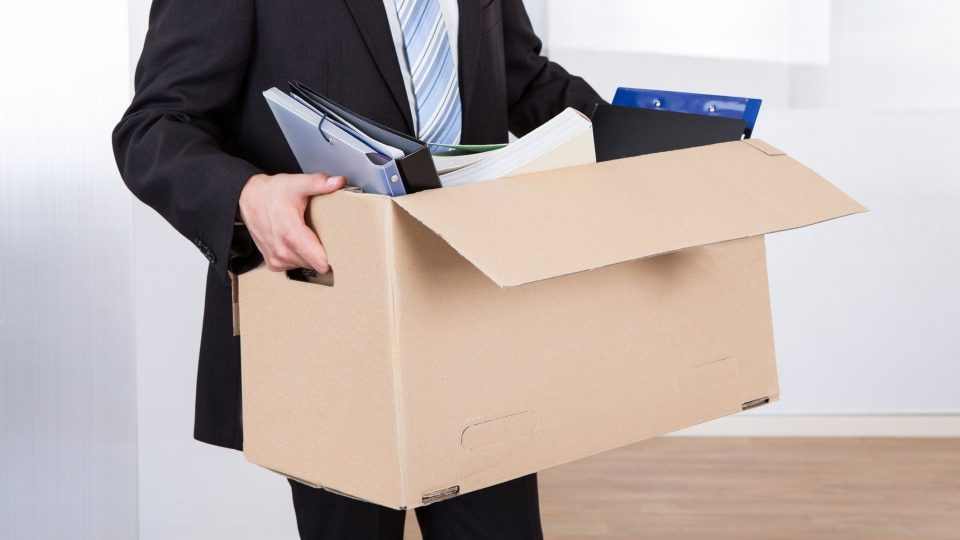KEY POINTS
- 32 states had received federal approval to offer an extra $300 a week in unemployment benefits as of 12 noon ET on Wednesday.
- About 5.5 million workers are currently receiving unemployment insurance or Pandemic Unemployment Assistance in the states that haven’t yet gotten approval.
- Meanwhile, many eviction protections are gone, an aid program for small businesses ended and jobs are hard to find.
Most states have gotten approval to use employees at least $300 a week in additional joblessness advantages.
However more than a lot haven’t — and that leaves millions of workers without additional aid and questioning when, or if, it will come.
The dynamic is playing out at a time when jobs are scarce and monetary relief steps, such as housing defenses and low-interest loans for small companies, have expired.
Up until now, 32 states will offer an extra $300 a week in welfare, moneyed by the federal government, as part of a Lost Earnings Assistance program.
Those states have gotten approval from the Federal Emergency Management Agency over the previous week and a half to use the aid, which is being paid by approximately $44 billion in federal disaster relief funds.
Some states, like Kentucky and Montana, are kicking in an additional $100 from a federal coronavirus-relief fund, for a total of $400.
Delaware, the District of Columbia, Florida, Hawaii, Illinois, Kansas, Minnesota, Nebraska, Nevada, New Jersey, North Dakota, Ohio, Oregon, South Carolina, Virginia, West Virginia, and Wyoming have not yet received approval to provide the $300 increase.
That means about 5.5 million people receiving joblessness advantages are presently overlooked from getting more jobless help, according to a CNBC analysis of Labor Department data.
That equates to about 22% of the roughly 25 million Americans getting conventional state joblessness insurance coverage and those getting benefits through the federal Pandemic Unemployment Help program for a self-employed, gig, and other employees.
And the analysis excludes many workers who aren’t qualified for the $300-a-week increase even in states approved to offer it. Individuals presently getting less than $100 a week in advantages can’t access the federal subsidy –– corresponding to about 1 million individuals across the country, by some price quotes.
Of course, numerous states that haven’t yet gotten federal approval to offer the extra advantages have applied or plan to make an application for it. South Dakota’s governor has said the state will not make an application for the aid.
However, these hold-ups can show pricey for jobless employees depending on the additional support. Nearly a month has passed considering that they last got a $600-a-week federal unemployment subsidy enacted in March as part of the CARES Act financial relief law.
Missing extra cash, workers are getting simply $308 a week in state advantages, usually, according to the Labor Department.

It appears simply 2 states –– Arizona and Texas –– have started disbursing the lost salaries support to workers, almost three weeks after President Donald Trump signed an executive step directing FEMA to pay the benefit.
Meanwhile, tasks are difficult to discover. There are 11.2 million more unemployed workers than job openings, according to the Economic Policy Institute.
Federal expulsion protections for occupants and homeowners unable to pay their real estate expenses ended last month. Similar securities have ended in around 30 states. That suggests renters and house owners are at threat of being kicked out.
An executive step around evictions that Trump signed earlier this month doesn’t use extra defenses, professionals stated, since it directs federal companies to think about measures to prevent expulsions.
The Income Security Program, a low-interest loan program for small services, ended previously this month, cutting off a key source of help for having a hard time entrepreneurs that helped prop up payrolls.
That portends yet more layoffs for some services that can’t access additional relief.
Almost half– 47%– of U.S. employers that furloughed or laid off personnel due to the coronavirus pandemic are weighing additional workforce decreases over the next 12 months, according to a survey published Tuesday by Randstad RiseSmart, a career services company.

